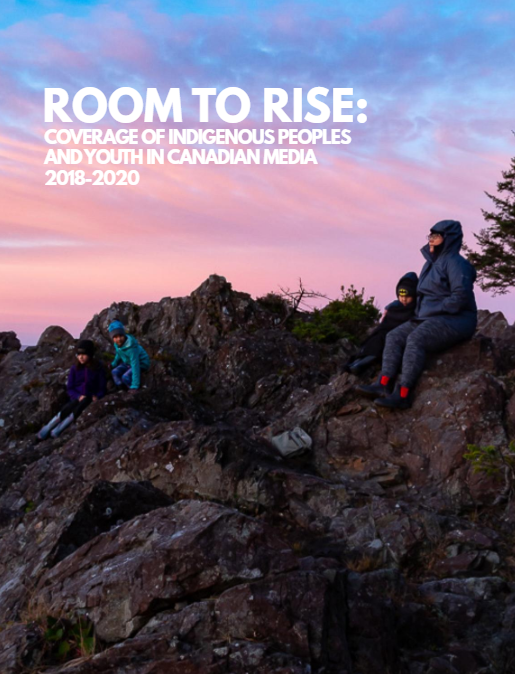
Room To Rise: Coverage Of Indigenous Peoples And Youth In Canadian Media 2018-2020
This report aims to estimate the rates at which Canadian news outlets cover stories about Indigenous peoples and communities, and within that, the rates at which Indigenous youth are covered. 292 print and online news sources were surveyed across much of Canada between 2018 and 2020 for this report.
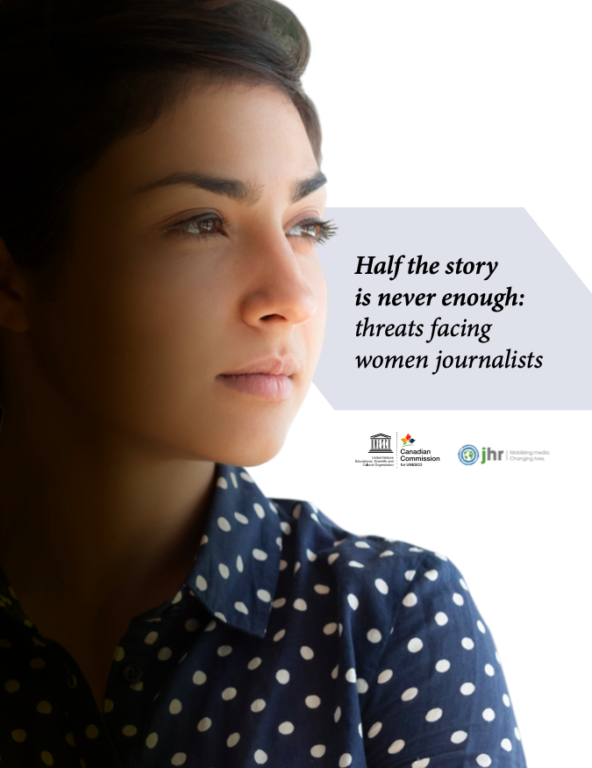 Half the Story is Never Enough: Threats Facing Women Journalists
Half the Story is Never Enough: Threats Facing Women Journalists
The Canadian Commission for UNESCO (CCUNESCO), World Press Freedom Canada and Journalists for Human Rights are proud to bring you a unique series of papers from women journalists from across the globe. They discuss challenges they face as journalists and ways the international community can work with them to help mitigate those challenges.
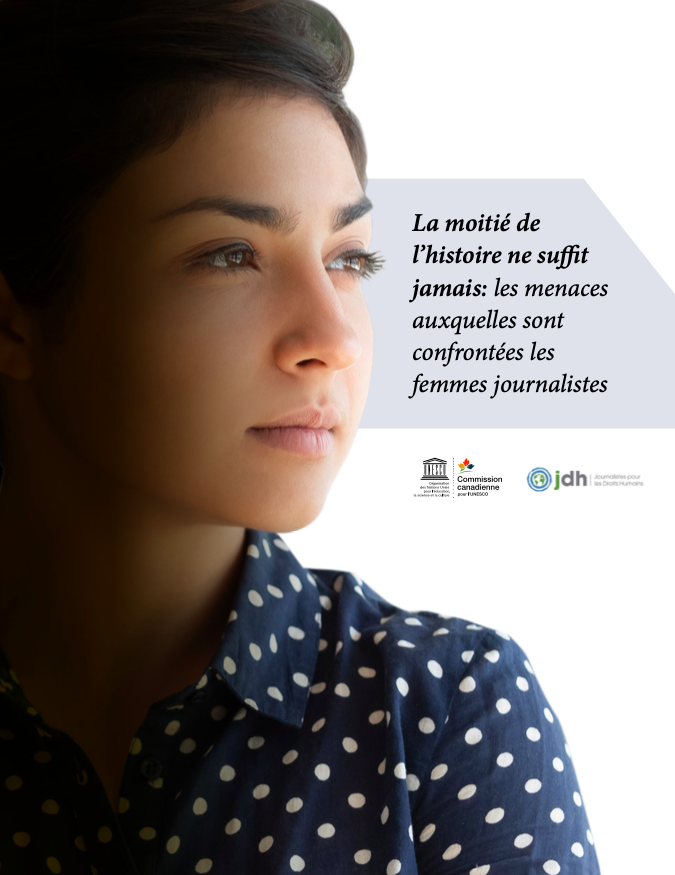
La moitié de l’histoire ne suffit jamais: les menaces auxquelles sont confrontées les femmes journalistes
À l’occasion de la Conférence mondiale sur la liberté des médias 2020, nous lançons «La moitié de l’histoire ne suffit jamais», une collection de femmes journalistes qui explore les menaces auxquelles elles sont confrontées.
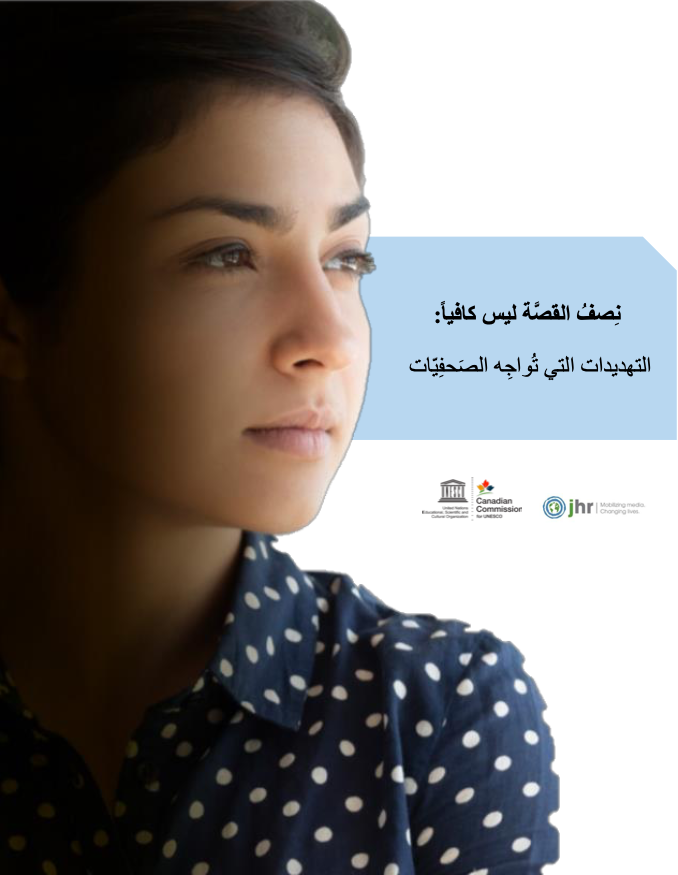
نِ ص فِ ِ ا ل ق صِ ة ِ ل ي س ِ ك ا ف ي ا ً : ِ ِ
التهديدات التي تواجه الصحفيات
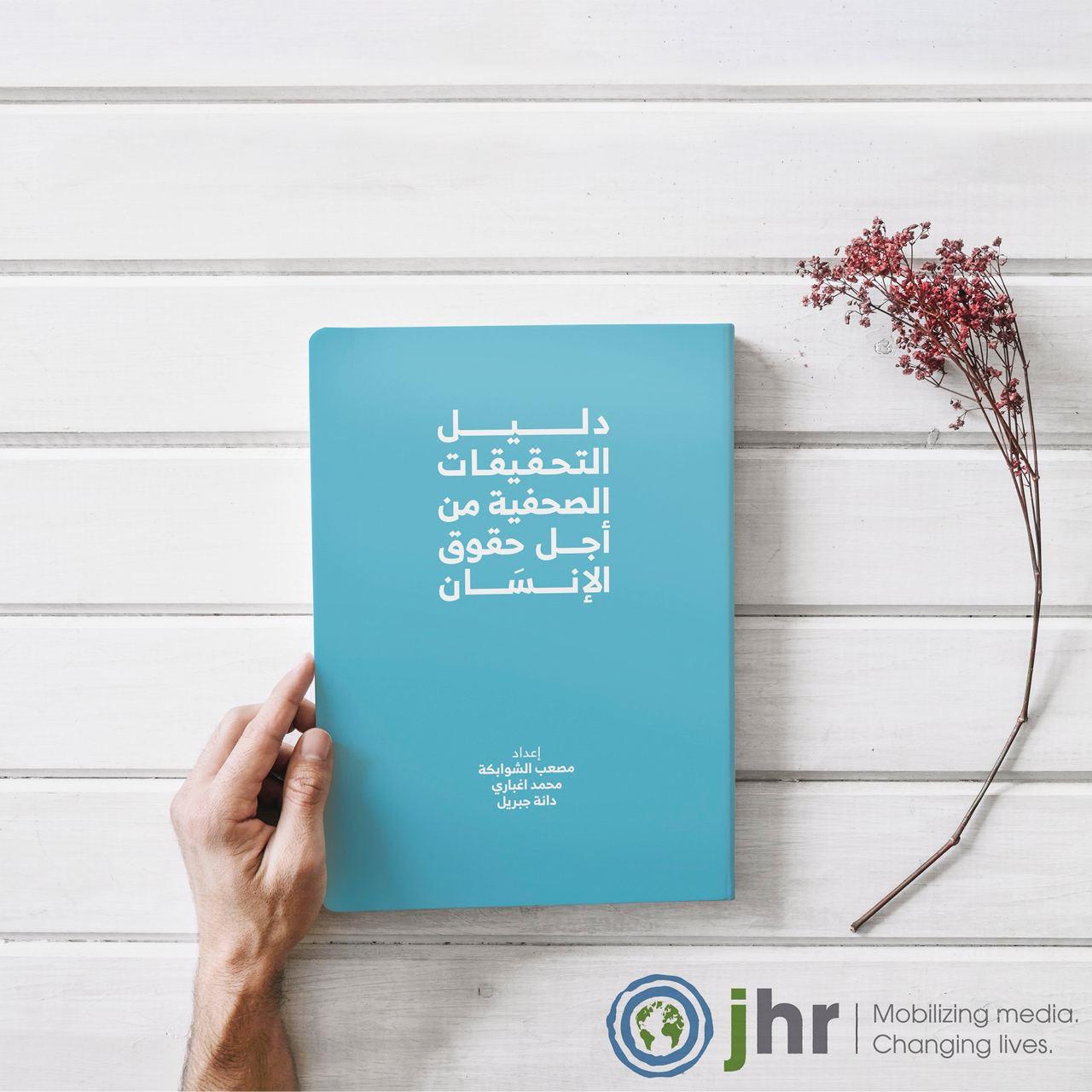
JHR Jordan’s Human Rights Investigative Journalism Manual
JHR Jordan published the first Human Rights Investigative Journalism manual. The manual was prepared by local journalists and discussed how investigative journalism contributes to human rights issues in the Middle East. The manual is available now at different libraries and distribution points in Jordan, and it is also available online. Click below to download in Arabic.
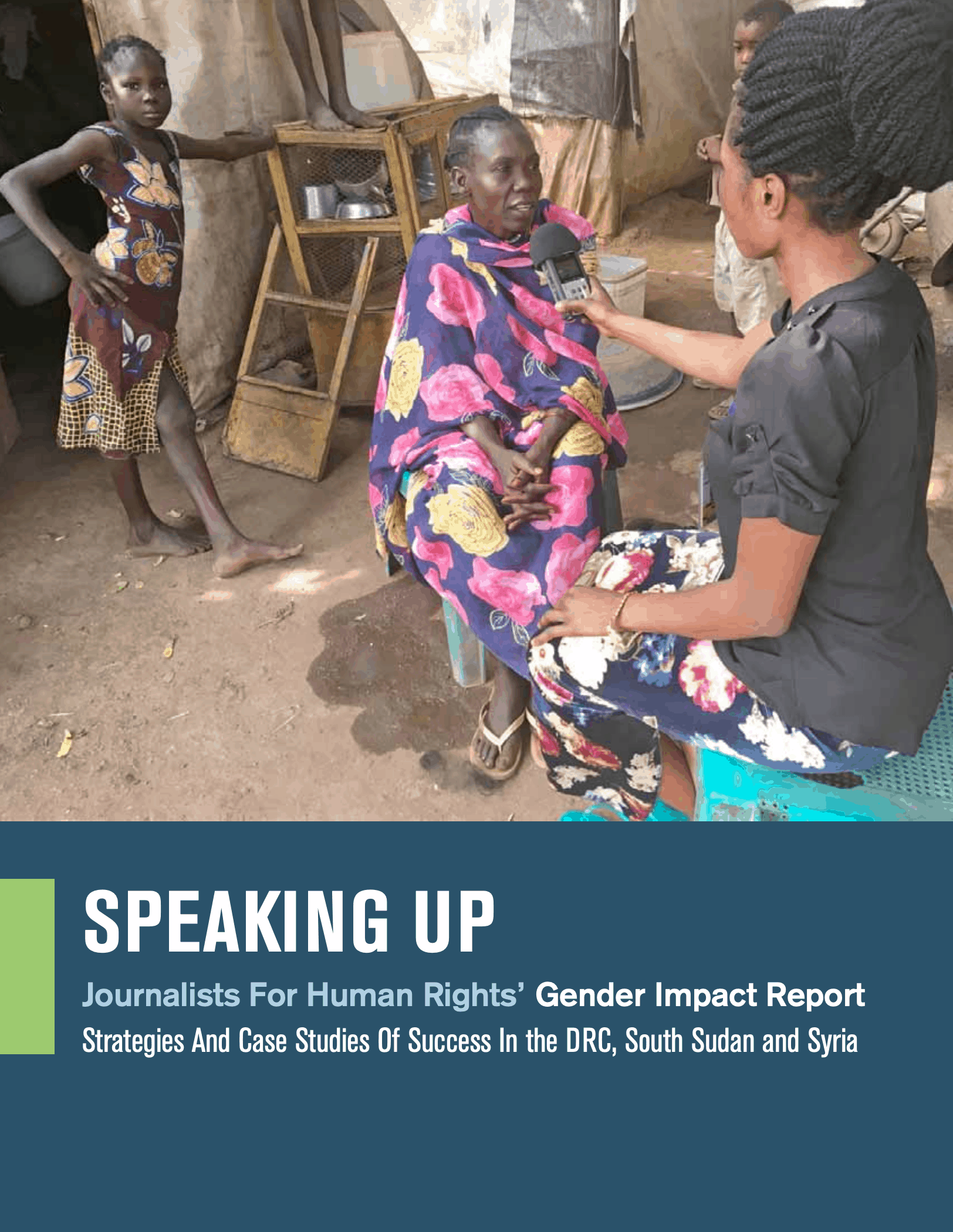
Speaking Up: JHR Gender Impact Report
As media leaders, women work together to tackle difficult issues. They often depoliticize coverage in favour of putting so-called women’s concerns — stories about health, education, child welfare and the environment — high up the agenda. Putting a spotlight on women’s issues helps prioritize solutions. The result is often both good for communities, and good for the outlet’s business. All this, simply by putting women in the driver’s seat of development.

Emerging Voices
Emerging Voices is a report from JHR’s Indigenous Reporters Program. The goal was twofold. To have a better understanding of the pathways of opportunity and/or barriers facing Indigenous students interested in studying journalism or media at a post-secondary level in Ontario and the status of journalism schools across Ontario developing and implementing curriculum on coverage of Indigenous stories.
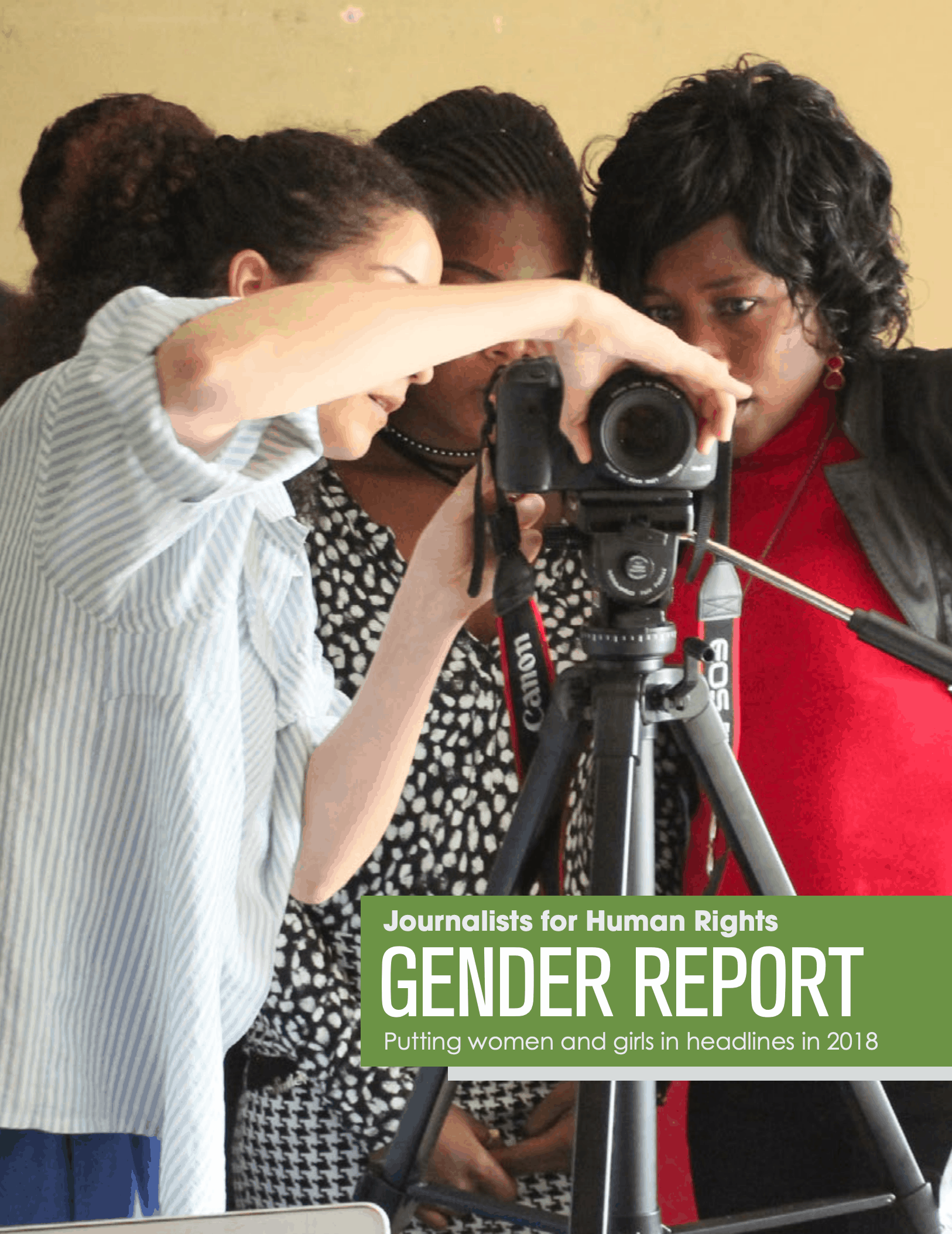
Gender Report 2018
The Gender Report 2018 highlights success stories on women and girls’ empowerment in JHR’s project and an updated gender strategy for JHR. As JHR’s ultimate strategic outcome is to ensure everyone in the world is aware of their human rights, JHR recognizes that working towards gender equality is not enough to guarantee true progress towards full realization of the rights of women and girls. As such, in 2018 we have continued to adapt our programming towards gender equity targets, working to meet women where they are and crafting programming to address and help women and girls overcome the specific gender barriers that they face.
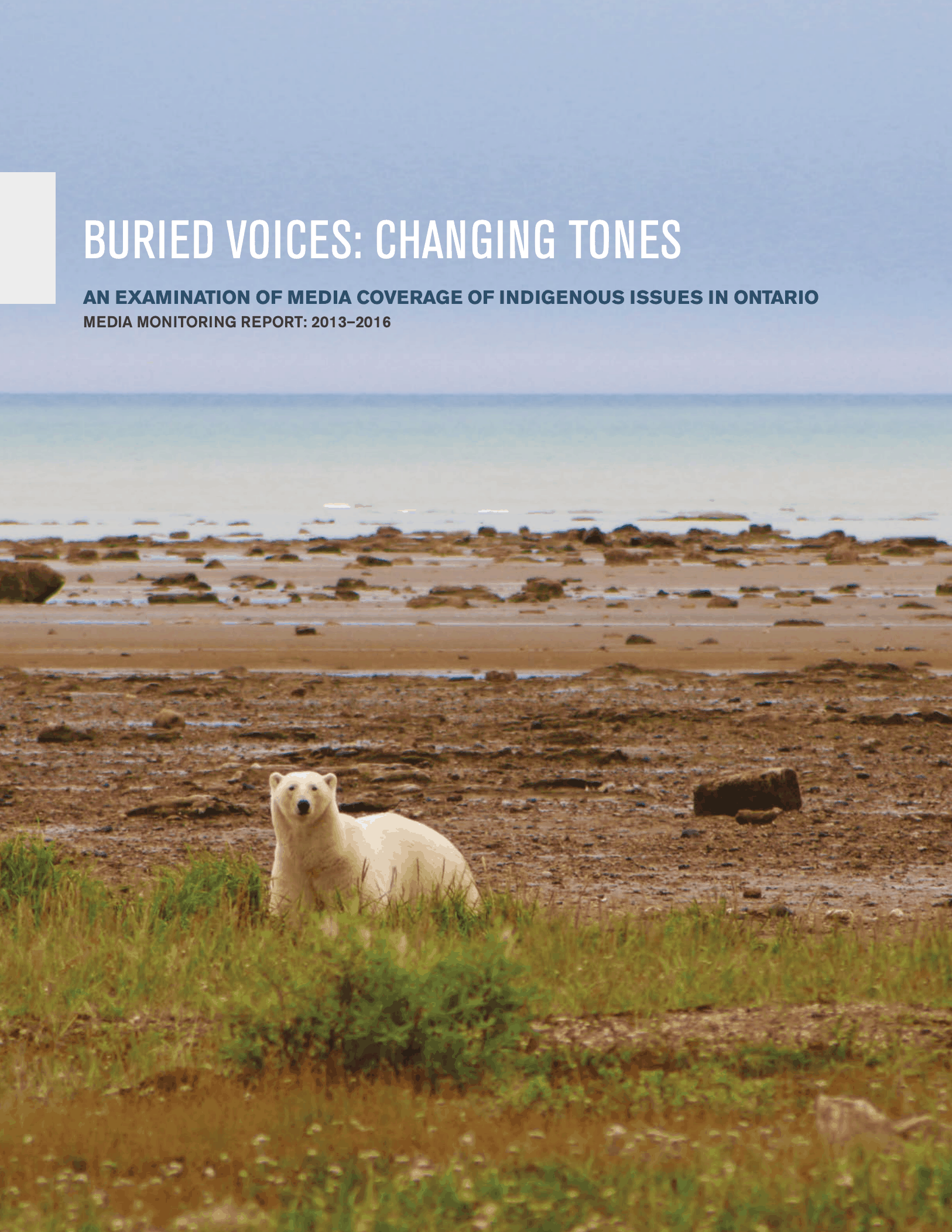
Buried Voices Changing Tones
A follow up to JHR’s 2013 study, Buried Voices, Buried Voices: Changing Tones examines the frequency and tone of media coverage on Indigenous issues in Ontario Media from June 1, 2013 to May 31, 2016.
In addition to tracking the actual number of Indigenous stories in each period, tonality of each story was analyzed to determine how journalists are portraying these issues. Further, prominent themes or “spikes” were identified to provide qualitative evidence of the types of stories being told. While JHR set up the parameters of the study, the examination itself was conducted by Infomart, Canada’s leading media monitoring agency.

Buried Voices
As part of the Indigenous Reporters Program, Journalists for Human Rights conducted a quantitative analysis of media coverage in Ontario of Indigenous people, culture and issues between June 1st, 2010 and May 31st, 2013. This study examines the trends, news spikes, and tone of media coverage focused on Aboriginal people during the examination time period.
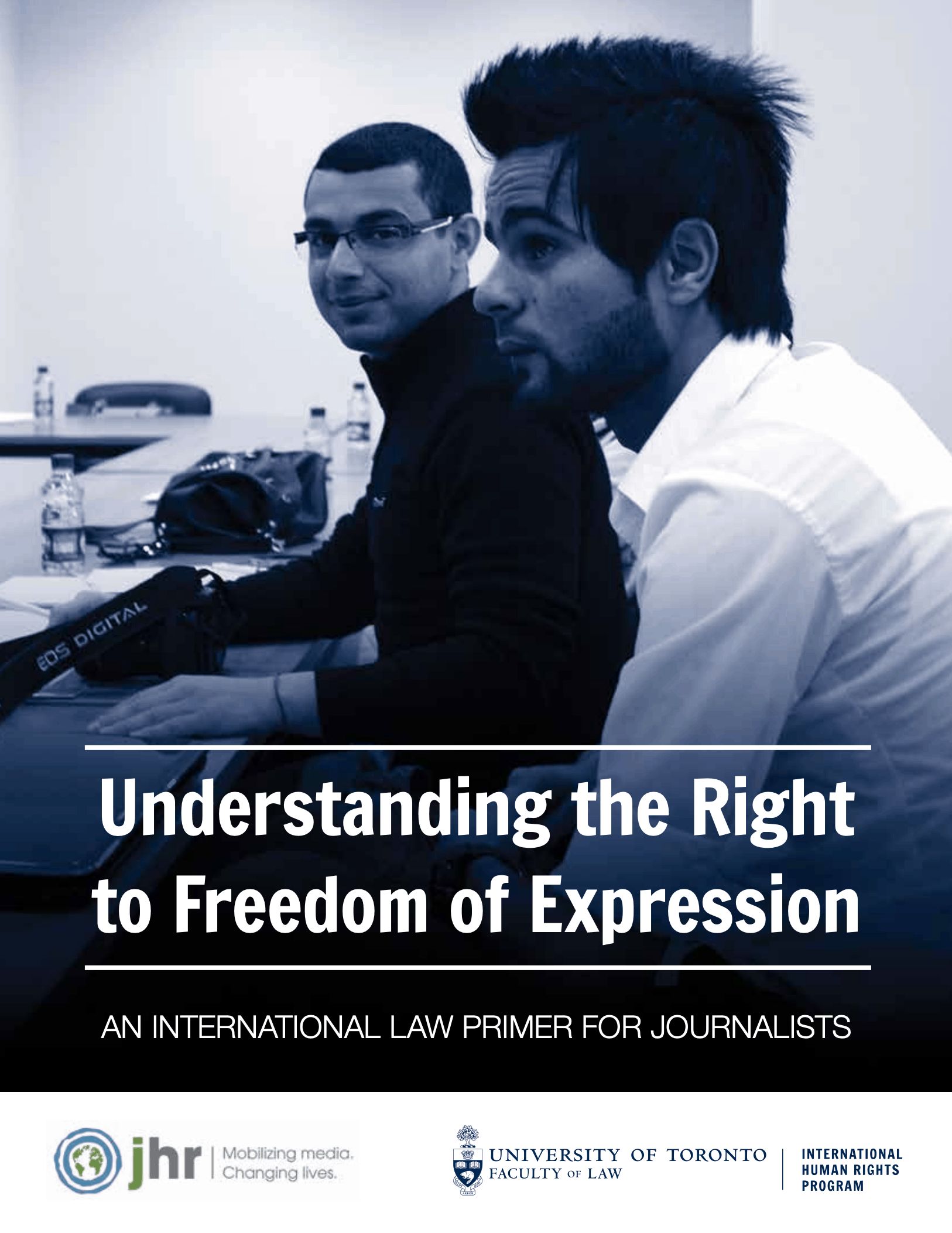
Understanding the Right to Freedom of Expression
The primer is the result of a unique partnership between JHR and the International Human Rights Program at the University of Toronto Faculty of Law (IHRP). “We are excited to provide accessible information to journalists about their rights under international law”, said Renu Mandhane, then executive director of the International Human Rights Program, now Ontario’s Chief Human Rights Commissioner. “There is nothing else like this available in the world today.”


